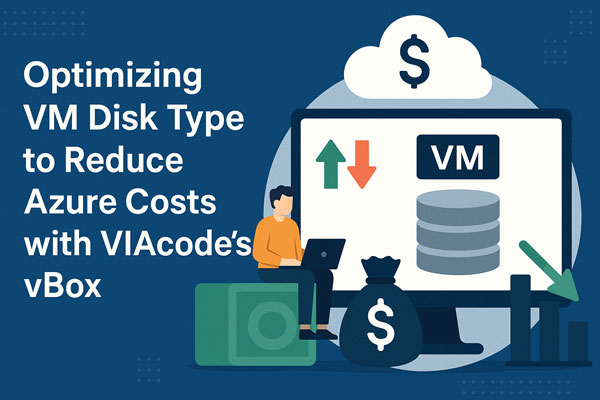As we’ve discussed previously, organizations need to consider several factors before choosing to implement a cloud center of excellence (CCoE). In our experience over the past twenty years, several best practices stand out as a starting point for implementing a CCoE; however, executing on each of these best practices can be a challenge.
First, let’s talk about the best practices we’ve seen make the greatest impact on organizations realizing their cloud goals:
- Identify key stakeholders and decision makers: A CCoE requires a cross-functional team that has influence and reach across the organization. As a first step towards a successful implementation, the key stakeholders and decision makers who will be involved in the CCoE need to be identified. These may include IT leadership, business leaders and other key personnel who will be responsible for advocating for and driving the adoption of cloud technologies and services.
- Develop a clear vision: A clear vision and mission statement outlines the goals and objectives of the CCoE. The vision and mission statement should align with the organization’s overall business strategy and goals.
- Define the scope and focus of the CCoE: A CCoE should be right-sized to your organization and its needs. It may focus on any or all of the following: cloud architecture, security, compliance or cost management. By right-sizing, the CCoE is best able to effectively support the organization’s initiatives and goals. For more on right-sizing a CCoE, check out this webinar from VIAcode and Microsoft.
- Establish governance and decision making processes: A CCoE needs to be able to effectively coordinate and collaborate with teams throughout the organization. The best way to accomplish this is by establishing a governance structure that outlines how decisions will be made and who is responsible for different aspects of the CCoE.
- Build your team: Assemble a team of experts with a range of skills and expertise in cloud technologies and services. Ideally, this team should include individuals with experience in cloud architecture, security, compliance and cost management. In addition, the team should include those with strong communication and leadership skills.
- Establish partnerships and relationships: Building partnerships and relationships with not just key stakeholders but also cloud service provers and industry partners will help ensure the CCoE has access to the resources and expertise it needs to succeed.
It’s this last point that is most challenging. Here at VIAcode, we often work with organizations that do not have the right combination of expertise, bandwidth and tools to make a Cloud Center of Excellence successful. And, without those, the rest of the best practices can be perfectly implemented, but the CCoE will struggle to deliver on its promise of cost effectiveness and efficiency.
Finding a partner with the right expertise and ability to extend your team’s capabilities is critical. Organizations should carefully evaluate the partners with which they choose to work: they should look for partners who have experience with cloud infrastructure (from cost management to security to backup and recovery), offer good customer support, can easily scale with the business and its needs, and have certifications which provide reassurance about their best practices and abilities.
In some cases, implementing a Cloud Center of Excellence, even with best practices in place, might not be feasible. In those cases, a good partner should be able to provide an alternative, like a “virtual cloud center of excellence” (vCCoE) which gives the organization all of the benefits of a CCoE without the costs and management/oversight requirements. For more information on a virtual cloud center of excellence, click here.


